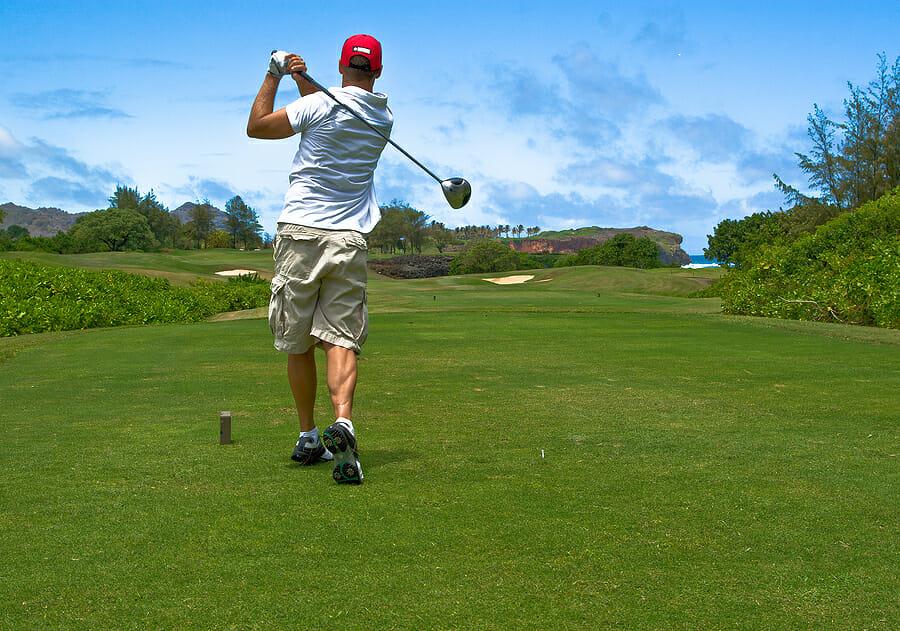If summertime means getting your clubs together and squeezing in as many 9- or 18-hole days as possible over the next few months, then this one’s for you.
While a golf swing can be worked on year-round at specialist facilities and the like, it’s not until the warmer months of the year that you get to really put it into effect and determine where you’re at and what needs to be improved upon. The golf swing is one of the most dynamic motions in sports, and though it is low impact, it still puts a significant amount of stress on the body and can cause it to break down and become injured.
Despite its reputation, injuries in golf are actually quite common, as 60% of professionals and 40% of amateurs will report an injury every season. Most golf injuries for amateurs and casual players like you have to do with poor swing mechanics and fitness limitations. The good news is many of these injuries can be prevented, and Dynamic Sports Physical Therapy in New York City can help.
All therapists at Dynamic are Titleist Performance Institute (TPI)-certified. Applying our expertise in the field, we offer a comprehensive physical examination and evaluation that will highlight any deficiencies in stability or mobility that may translate to faulty swing mechanics and possibly an injury. From there, we will prescribe stretching and strengthening exercises and specific pointers on how to improve your swing for maximum efficiency and minimum injury risk.
One of the most important features of a golf swing is to teach your body to dissociate and move independently. This is particularly true as you transition from a backswing to a downswing. Here’s how your forces should be distributed:
- Rotate your upper body as much as possible against stable hips and lower body with feet firmly planted during the backswing to generate power
o This is called thoracic rotation and must be separate from pelvic rotation
- As you transition into your downswing, do the opposite: the torso/trunk should remain stable while the hips rotate instead
- This order of speed and energy distribution is called your kinematic sequence, which can be analyzed and improved upon in each swing
If you’d like to learn more about how you can improve your golf swing so you’re playing as effectively as possible with the lowest risk of injury, come visit us at Dynamic Sports Physical Therapy in New Work City and have one of our TPI-certified therapists give you a full-scale evaluation and treatment plan. Call 212-317-8303 to schedule an appointment.
Click here for a video on thoracic and pelvic dissociation.

